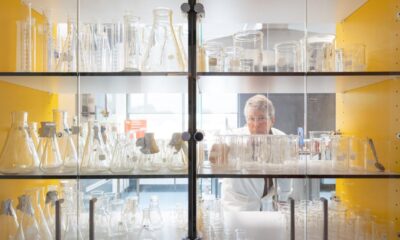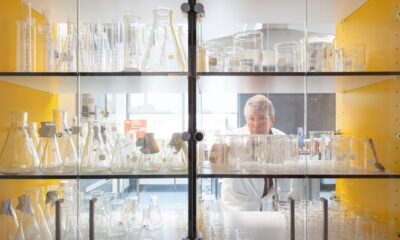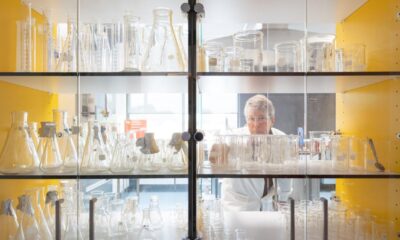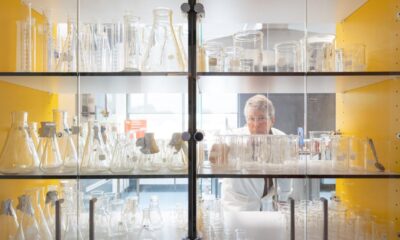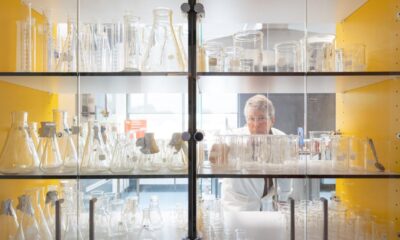Science
Researcher Uncovers Genetic Diversity in New Zealand’s Heritage Apples
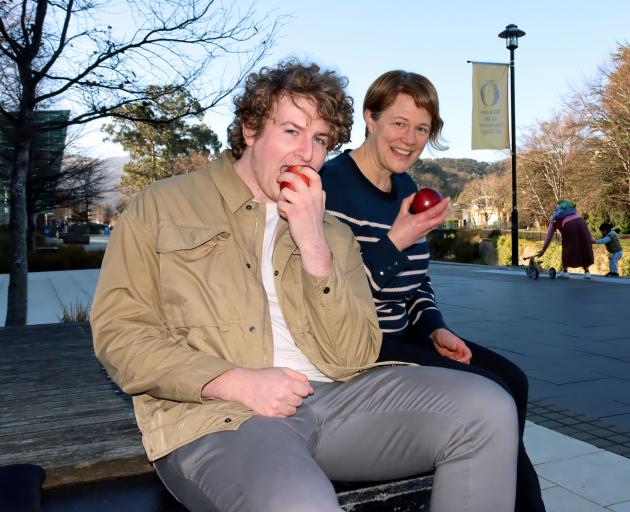
Aaron Hewson, a master of science student in plant biotechnology, is conducting significant research on over 300 apple varieties at the Jim Dunckley Heritage Orchard in New Zealand. Established 25 years ago by the Coastal Otago Branch of the New Zealand Tree Crops Association, this orchard is one of the most diverse collections of apple cultivars in the country. It features varieties with unique names, such as Peasgood Nonsuch, Nonnetit Bastard, Warner’s King, and Albany Beauty. Hewson’s work aims to assist in the preservation and propagation of these heritage cultivars through genetic identification.
The apple cultivars were collected during the 1990s by Jim Dunckley from various locations across Otago and Southland, with a significant number originating from Clyde, where an old Plant & Food Research orchard was situated. Hewson describes the collection as a “real kind of hodgepodge mix,” noting that some trees bear names given by local farmers that reference nearby landmarks, which may not correspond to their genetic identities.
In one instance, Hewson highlighted the confusion surrounding a cultivar labelled as Granny Smith, a widely recognized supermarket variety, and another called Lord Lambourne. Despite expectations that these two cultivars would be genetically distinct, preliminary analyses indicated they shared the same genetic makeup, suggesting that one of the names may be incorrect.
To clarify these genetic identities, samples were collected by university students and staff from the Plant Biochemistry Lab, meticulously labelled, and freeze-dried for analysis. These samples were then sent to a laboratory in France with assistance from Plant & Food Research for genotyping using a process known as SNP chip analysis. This technique assesses approximately 50,000 known DNA hotspots in apple leaves, creating a genetic fingerprint that can determine whether two trees belong to the same variety.
Hewson noted the vital role of his co-supervisor, Dr. Elena Lopez-Girona from Plant & Food Research, stating, “It has been very beneficial to have her expertise.” The collaboration enabled the team to send their samples along with a larger group for comprehensive genetic testing.
The significance of preserving genetic diversity in apples cannot be overstated, especially considering the strict biosecurity rules that make it challenging to import new apple genetics. Hewson pointed out that while there are approximately 10,000 apple varieties worldwide, all commercial apples derive from just six ancestral varieties, resulting in a narrow genetic pool.
Associate Professor Lynnette Brownfield, another co-supervisor at the University of Otago, emphasized the importance of identifying the genetic makeup of these heritage apples. “Because commercial apples in New Zealand come from a narrow genetic base, identifying what is in the orchard could help breeders find fresh genes, including disease resistance, to widen future breeding options,” she stated.
The Coastal Otago Branch of the New Zealand Tree Crops Association, which owns the orchard, will determine how to utilize the findings from this research. The goal is to assign unique identifiers to all trees, ensuring comprehensive knowledge of the collection, thereby enabling communication with apple breeders ranging from backyard growers to larger organizations like Plant & Food Research. This initiative aims to provide germplasm as needed, facilitating the continuation of apple cultivation in New Zealand.
-
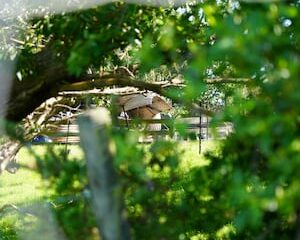
 World1 week ago
World1 week agoPrivate Funeral Held for Dean Field and His Three Children
-
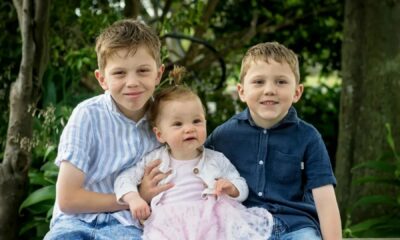
 Top Stories2 weeks ago
Top Stories2 weeks agoFuneral Planned for Field Siblings After Tragic House Fire
-

 Sports3 months ago
Sports3 months agoNetball New Zealand Stands Down Dame Noeline Taurua for Series
-

 Entertainment3 months ago
Entertainment3 months agoTributes Pour In for Lachlan Rofe, Reality Star, Dead at 47
-

 Entertainment2 months ago
Entertainment2 months agoNew ‘Maverick’ Chaser Joins Beat the Chasers Season Finale
-

 Sports3 months ago
Sports3 months agoSilver Ferns Legend Laura Langman Criticizes Team’s Attitude
-

 Sports1 month ago
Sports1 month agoEli Katoa Rushed to Hospital After Sideline Incident During Match
-

 World2 weeks ago
World2 weeks agoInvestigation Underway in Tragic Sanson House Fire Involving Family
-

 Politics2 months ago
Politics2 months agoNetball NZ Calls for Respect Amid Dame Taurua’s Standoff
-

 Top Stories2 weeks ago
Top Stories2 weeks agoShock and Grief Follow Tragic Family Deaths in New Zealand
-

 Entertainment3 months ago
Entertainment3 months agoKhloe Kardashian Embraces Innovative Stem Cell Therapy in Mexico
-

 World4 months ago
World4 months agoPolice Arrest Multiple Individuals During Funeral for Zain Taikato-Fox



